Reading Music A Beginner’s Guide

Reading Music A Beginner’s Guide
If you want to become an elite musician, you need to learn how to read music. It will transform how you create music. But where do you start? Music theory can sound complicated; it can take time to master.
Have you ever turned on the radio and thought: “I love that music, and I’d love to know how to play it.” If so, you’re ready to learn music theory. Although learning music can seem like learning a new language—it’s that complicated if you’re dedicated, use patience, read excellent content, and follow the right courses.
The symbols you witness on a page have been used for centuries. They show the speed, pitch, and rhythm of a song, enabling a musician to build excellent melodies and harmonies. You should think of the measures as the words, the notes as the letters, and the phrases as the sentences, reading music is a real art.
In this article we’ll break down reading music and show you the basics of learning music theory as a beginner and how to adapt it to your creativity:
What Is Reading Music?
At its purest, reading music involves hearing each note before playing it. Reading music isn’t about pressing the right keys at the right time; it’s about hearing the notes in your ear when you see them on a page. As a result, reading music involves the synthesis of several musical faculties.
First, you need to train your eyes to recognize the symbols of music notation. Second, the brain must intercept these symbols, driving them into expressive components, pitch, and rhythm. At this stage, you should hear the music in your mind.
Next, the brain will send signals to the arms, fingers, and wrists to respond properly. Finally, your eye will offer two types of feedback: confirming or denying that the correct notes were played. This feedback loop is critical for becoming an excellent musician, and it’s dependent on good technique and knowledge of music theory.
Why Should I Learn To Write Music
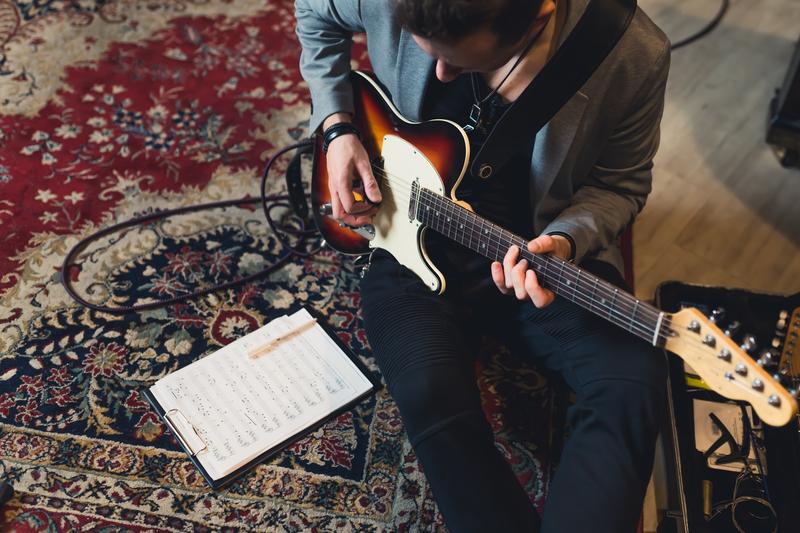
1. You’ll Have a Stronger Understanding of Music
You’ll build a better understanding of music when you learn how to read music. As a result, you’ll be able to create more complex musical rhythms. Also, reading music allows for a greater understanding of composition and how to put it together.
2. It Can Boost Your Social Life
When it comes to your social life, being able to read music can open up countless doors. If you’re looking for something to do on weekends, you can join a local choir. If you’re constantly finding yourself bored on Wednesday nights? Check out the local orchestras in your area.
3. Reading Music Helps Music Education
Even if you know nothing about music, learning to write and read music can make studying music considerably less daunting. Most children learn how to draw, write, play, and catch to access sports, art, and literature at a basic level. Likewise, the same applies to music; learning basic music is a great foundation.

4. Helps You Understand Culture and History
Music education isn’t only about music; it’s great for brushing up on your history, enabling you to immerse yourself in interesting aspects of a culture you may not have heard of. For example, you could learn about how the music reflected the architecture.
5. Learning to Read Music Boosts Your Self-Esteem
Learning how to read music teaches you important life skills, including self-discipline, perseverance, and self-esteem. Furthermore, reading music isn’t essential for performing; it’s important for opening yourself up and getting to know yourself. In addition, performing and practicing are excellent stress relievers.
6. Reading Music Has Physical Benefits
Learning an instrument also has many physical benefits. Sure, it’s not the most conventional way to work out, but it also improves coordination and muscle memory. It’s also less taxing than some physical exercise. You’ll also boost your respiratory system by reading music and playing a wind instrument.
How to Read Music
It’s important to have a step-by-step plan when you learn reading music. Use these steps to learn how to read music:
Step 1: Learn the Basic Music Symbols
Music is created through a variety of symbols. The most basic are the staff, the notes, and the clefs. All music contains these fundamental components. So before you start learning to read music, you need to familiarize yourself with these basics:

The Staff
The staff includes four spaces and five lines. These spaces and lines all represent a different letter, which represents a note. Sheet music notes—represented by spaces and lines—are called A-G. The note sequence moves alphabetically up the staff.
Treble Clef
There are two main clefs you’ll need to know. The first one is a treble clef which has an ornamental letter G on the far left side. The treble clef notates the higher registers of music.
So if your musical instrument has a higher pitch, such as a saxophone, flute, or violin, your sheet music is written in the treble clef. Higher notes on a keyboard are notated on the treble clef.
Bass Clef
The line between two bass clef dots is the “F” line; musicians also refer to it as the F clef. The bass clef notates the lower registers of the music. If your musical instrument has a lower pitch, such as a cello, bassoon, and tuba, your sheet music is written in the basic clef
Sheet Music Symbols and Notes on a Staff
Notes on the staff tell us which note letter to play and how long to play it on the instrument. There are three parts to each note: the note head, the flag, and the stem. Every music note has a note head (open or filled).
Wherever the note sits on the staff, either a line or space, determines which note you will play. At times, note heads will be above the five lines or four spaces of a staff. If that happens, a line is drawn above the note, through the note, or below the note. This indicates the note letter to play—albeit B and C notes.
The note stem is the thin line that extends up or down from the note head. It extends from the right (if pointing upwards) and the left (if pointing downwards). The line’s direction doesn’t affect how you play the instrument. However, it serves to make the notes more simple to read. The note flag is a curvy mark right below the note of the stem. The purpose of the note flag is to tell you how long to hold a note.
There are also other ways to extend the time of a note. These include a dot after the note head, which adds another half to the note’s duration. A tie may also extend a note. Sometimes, you’ll find two notes tied together. These are commonly used to signify held notes that cross measures or bars.
In contrast, the opposite may also happen. You can shorter the amount of time a note should be held. Faster notes are signified with flags or beams between the notes. Each flag halves the value of a note. So, a single flag represents ½ of a quarter note, and a double flag is half that of a ¼ quarter note. Beams are the same because they let you read the music more clearly and keep the notation less cluttered.
Step 2: Pick Up The Beat
To play music well, it’s a good idea to learn its meter, the beat you use when tapping your foot, clapping, or dancing. When reading music, the meter is presented similarly to a fraction with a top number and a bottom number.

This is called the song’s time signature. The top number tells you how many beats are in the measure—including the space between each vertical line (called a bar) and the button number (which tells you the value).
In addition to your time signature and note value, you’ll need to know the tempo to know the rhythm, which is defined by beats per minute. Tempo lets you know how fast or slow the music should be played. It’s often shown at the top when you read sheet music. For instance, a tempo of 60 BPM means you must play 60 signified notes power minute or a single note every second.
Likewise, a tempo of 120 will double the speed to two notes per second. At the top of the sheet of music, you may see Italian words like presto, allegro, or largo. These signify the common tempos of the music. In addition, musicians use a tool called a metronome to keep their tempo when they practice music.
Step 3: Play a Melody
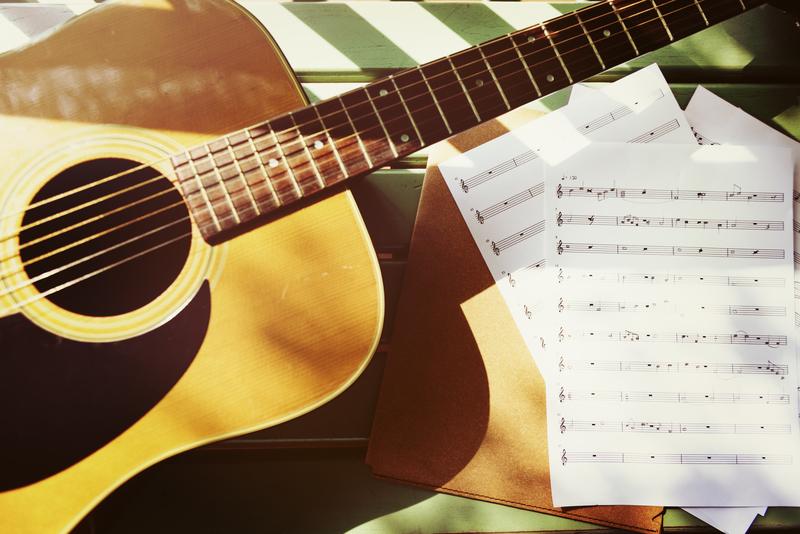
Once you get to the melody part, you’re almost ready to read sheet music. Now, let’s look at the scales.
A scale is made from eight consecutive notes. For instance, the C major scale includes C, D, E, F, G, A, B, and C. The interval between the first note of the C major scale and the final is an illustration of an octave. You should practice the C major scale because it corresponds with a white key on your keyboard.
Semitones, otherwise called half-steps on a keyboard, allow us to create an infinite variety of music. A sharp—which is shown by the ♯ symbol—means the note is a semitone, or a half step, higher than the note head to its right on the sheet music.
In contrast, a flat—shown by the ♭ symbol—shows the note is a semitone lower than the note head to its right. There’s one more symbol to learn: the natural. It’s shown by a ♮. If a note is flat or sharp, the flat or sharp extends throughout the measure (unless you see a natural symbol). A natural will cancel a sharp or flat within a measure of a song.
The final key to learning to read sheet music is understanding key signatures. Musicians name scales after their tonic, and the tonic determines the key you play in. You can also begin a major scale on any note as long as you follow the whole-whole-half-whole-whole-whole-half pattern. You’ll need to use sharps or flats if you follow that pattern in any other keys than the key of C.
What Is Musical Notation?
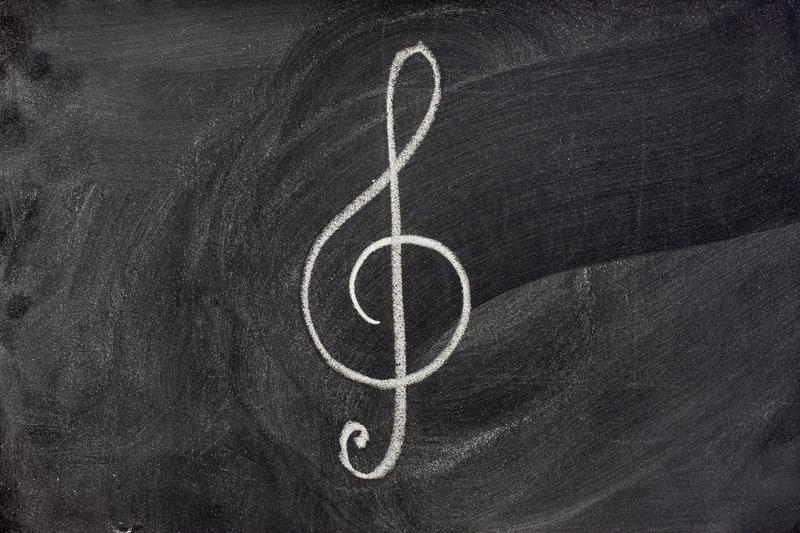
Music is a language. Just like any language in the world, music also has a written form. Notation offers performers around the earth the potential to communicate. A composer notes down a piece of music with certain symbols; if you can read music, you’ll be able to understand it. Although they may never meet—due to being separated by distance and centuries—the communication still takes place with musical notation.
Musicians have been writing music since humans began writing anything. Early examples of musical notation date back as far as 2000 BC. Catholic monks started the modern staff notation when they wanted to modernize church music.
However, music has changed dramatically in recent decades. Audio and video have progressed to a point where we can document a performance extremely accurately. However, this does not remove the need for notation because every performance is unique. In other words, when the composer writes musical notation, it’s the perfect record of what they intended. After that, the music often takes on a life of its own.
A Complete Breakdown of Notes
Musical notes are the building block of music. The little marks on sheet music tell you which order to play your music in. The staff tells you which notes, the key signatures tell you what key, the clefs tell you which side and signatures tell you what key. However, the notes are the steps to making an excellent piece of music.
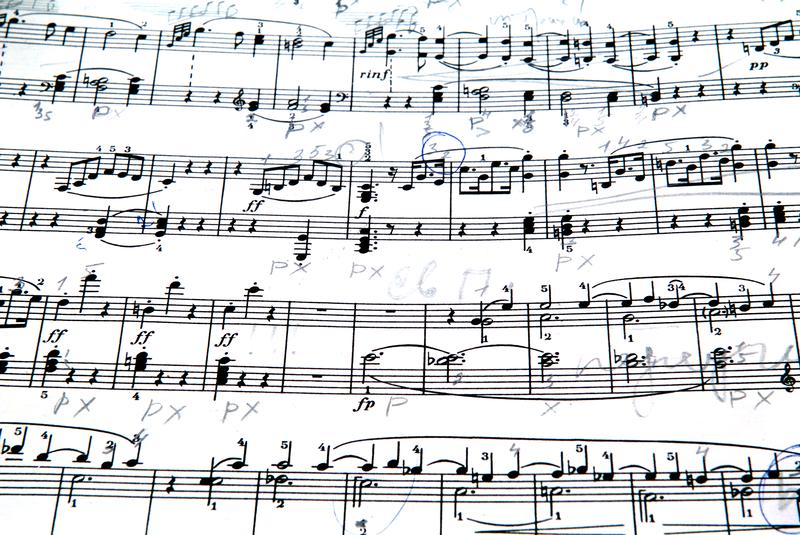
Parts of a Music Note:
- Stem: the stem is that little antenna sticking up from the notehead. You may see them pointing upwards or downwards. But it doesn’t have any effect on how the overall note is played.
- Notehead: the notehead is the complete belly of the note. It’s the small round part on the bottom that sits on the lines or within the spaces of the staff.
- Flag: the flag marks the eighth, sixteenth, thirty-second, and sixty-fourth notes. When more than one flagged note is used in tandem, they require a beam because they’re grouped.
- Beam: when flagged notes, such as eighth, sixteenth, thirty-second, and sixty-fourth, are next to one another, you need to use a beam.
The Types of Notes
- Whole note: the whole note has no stem and the notehead is hollow. That means it will be held for the whole of the four-beat measure.
- Half note: this note appears like a whole note, but it has a stem. That means it’s held for a fourth of a fourth beat measure.
- Quarter note: the quarter note has a stem and a full notehead, but it has no flag. That means it’s held for a fourth of a four-beat measure.
- Eighth note: you’ll see the eighth note has a complete notehead, a stem, and a single flag. Therefore, it will be held for an eighth of a four-beat measure.
- Sixteenth note: you’ll see the sixteenth note has a full notehead, stem, and tow flags on top. Therefore, it’s held for 1/16th of a four-beat measure.
Accidental Notes
- Sharps: you’ll see sharps marked by a symbol that looks like a hashtag or a pound sign. Therefore, you’ll play the black kept above the referenced note.
- Flats: you’ll see flats marked by a symbol that looks like a lowercase “b”. Therefore, this means you’ll play the black key below the referenced note.
- Naturals: you’ll only see naturals when playing a song with a key signature. That means a note that’s typically played as a flat or sharp won’t be.
Tips on Reading Music

When you’re starting to learn to read sheet music, there’s a lot of stuff to learn. Not only do you need to know how to hold your instrument properly, but you’ll also need to read the music. ‘
However, here are some tips to make the reading music process easier:
Think of Music as a Language
Have you ever successfully learned another language from your mother tongue? Written sheet music is a way to communicate with other musicians. If you think of music like reading a book, the theme of the music will likely come through.
However, like learning to read, it will be challenging to ‘sound out’ all the words when you first start learning. But don’t worry about it; you’ll get there with time.
Focus on the Easiest Symbols
When you learn to read sheet music, you’ll see many lines and spaces, markings, and symbols that mean nothing to you. Instead of being overwhelmed, you must focus on the essentials first. The note values, the staff, and the significance of the lines and spaces.
The staff is the line that holds the music. You can think of the staff as pages of a book (which makes it easier). The notes are written on the staff in places that match the frequency measurement of the sound. You could think of these as words. The vertical lines of the staff state ‘measures’, and you can think of these as periods that separate the sentences.
Thankfully, you can use mnemonic phrases that help you associate the right pitch with its placement on the staff. Here are some examples:
- For the treble clef, the lines from top to bottom are: “Every Good Burger Drips Fat.” Also, from bottom to top, you can spell the word “face”.
- For the bass clef staff (the bottom set of lines), you can use the phrase: “Good Burritos Don’t Fall Apart” and the spaces “All Cars Eat Gas.”
What’s more, the staff includes a time signature after the clef. This time signature shows you how to read a note:
- Whole note = four beats
- Half note = two beats
- Quarter note = one beat
- Eighth note = ½ beat
- Sixteenth note = ¼ beat
Nonetheless, because most of your music will start in 4/4 time, you only need to know that the top number of the fraction (4) shows you how many beats are in one measure. The bottom number 4 shows you which note receives one beat. In that case, the quarter note equals one beat of a measure.
Count Quietly Every Time You Read
You’ll need to count silently when you first learn how to read music. Since most of the music you’ll begin with is 4/4 time, you should count one-and-two-and-three-and-four instead of one-two-three-four.
As a result, you’ll have the beat to play 8th notes. And as you tap your foot, the main beat is when your foot taps on the floor.
Practice to Read Sheet Music Without an Instrument
Although this may appear counterproductive, you don’t have to play a musical instrument to learn how to play it. You can sing the notes loud in your head and follow along with your finger as you read.
Getting yourself used to the progression and timing of notes can help new string musicians hear the way a song should sound before they attempt to play it.
Pace Yourself
You don’t need to rush yourself when you learn to play music. It won’t take you long to get the groove of it, but don’t feel discouraged if other beginners understand it before you.
Nonetheless, if you want to increase your progress, there are expert courses that can improve your progress without breaking the bank.
Practice Hard and Often
It doesn’t matter what you do in life, practice makes perfect. It will make a big difference when reading sheet music during the beginner stage. Try to practice daily and build up your skills over time.
Ideally, you should set aside 30 minutes daily to make it a fun experience. Most people love curling up in bed and playing their favorite music. That’s an excellent way to start transcribing pieces from sheet music into instrument playing.
Ask for Help From Experts
If you have any questions about reading sheet music, you should ask an expert musician with years of experience. If you’re learning to play musical instruments, this person could also be your teacher.
Countless online videos can guide you through different aspects of sheet music. You can also visit your local library and grab some good books. Alternatively, an online course can speed up the learning process.
Make Markings
Making markings for sheet music is the same as making notes when you’re reading a book. You can use markings to illustrate what’s occurring in the piece of music you’re learning. Whenever you find yourself in a new section of a piece, you can use markings to tell you when the transition occurs.
Then, once you’ve learned about the different musical symbols and how they’re used in sheet music form, it’ll be far more straightforward to play them on musical instruments.
Break the Music Down Into Smaller Chunks
When you’re learning a new musical instrument, it can same incredibly overwhelming. That’s why it’s a wise idea to break it down into small chunks that are simple to understand and handle. First, start by reading single notes before moving to cords and other types of sheet music. Practice with simple songs and melodies—such as children’s nursery rhymes—to practice.
After that, start playing these songs from sheet music and practice playing them in different keys. Begin improvising your compositions and looking at how it’s written down.
Become Familiar With Various Rhymes
You should learn to recognize different values and their rhythms. An excellent way to start is by working on your timing and learning the difference between long, short, quarter, and eighth notes. Become comfortable with how these look in sheet music form.
Again, utilize online courses to become used to rhythms from the comfort of your own home. You can also look for sheet music books at your local library.
Study the Starting and Resting Position
It’s always important to study the starting and resting position because it will help you distinguish where pitches and symbols are on the sheet music. Initially, start learning about stems and flags. You can find these with notes and rests, whereas dotted rests equal flags.
Again, it’s important to work on your sense of timing here. That will enable you to keep a steady beat, which is essential when reading sheet music. In addition, starting and resting positions give you a little break and preparation time to prepare for a new set.
How Hard Is It To Read Piano Sheet Music?
Remember, you can learn sheet music with many instruments. One of the most popular instruments to learn music theory is the piano. But how hard is it? Learning to read piano music is challenging for most of us at the beginning.
Although all musicians must learn to read time and key signatures, a pianist works with two staves written in two different clefs. However, the more you do it—the easier it becomes. If you learn the basics of music theory on the guitar, you can learn piano sheet music easier.
Can You Teach Yourself to Read Music?
Anyone can learn to read music if they’re willing to devote time and practice. There are many online videos and E-books. However, an online course created by musicians is an excellent way to teach yourself sheet music. The best place to begin is by reading the symbols: notes, clefs, the staff, stems, beams, flags, and rests.
Here’s the direct truth: learning music isn’t any different from learning a language. You start by understanding the alphabet, words, letters, and pronunciation.
However, remember that the vertical aspect of music shows higher and lower notes sounding at the same time. Also, it’s useful to know that written rests are notes played silently.
How Do I Start Learning to Read Music?
After you’ve learned what basic symbols mean, whether from a course, book, or teacher, you need a daily practice routine. For most people, 15-20 minutes could be enough time to master the art of reading sheet music. A key goal at the start is to practice music that’s simple enough for a beginner to learn. It might help if you’re familiar with a certain piece of music.
Over time, you should witness improvements in your ability to read and play music. That said, it may feel like you’re going slowly, but take some comfort in the fact that you will continue to improve as you practice.
It’s always amazing to watch someone who understands music theory and how to read music. But remember: they all started like you. They couldn’t read any symbols either; they just practiced and mastered the craft. You can do the same.
The Basics of Music Chords
When you learn how to read music, you’ll have to learn music chords. There are four primary types of chords you’ll need to learn to create great music:
Major Chord
Major chords are resolved, full, and complete. Many songs, including Happy Birthday and Free Fallin by Tom Petty, were built with major chords. Musical performers build major chords by adding the intervals of a major third and perfect fifth above the root. Remember, the root is the starting note of a chord.
Minor Chord
Minor chords sound very different from the full sound of major chords. Many musicians describe them as morose and pensive. Musicians use minor chords to showcase many types of emotions. They create minor chords by adding the perfect fifth and adding a minor third above the root.
Diminished Chord
If you want to create tension in your music, a diminished chord is an excellent option. Artists will use a diminished chord by adding a minor third above the root. You can hear a diminished chord in many songs—including God Only Knows by the Beach Boys. In addition, a diminished chord is a perfect transition between two more stable-sounding chords.
Augmented Chords
Although Augmented Chords can sound strange and similar to something from a science fiction movie, they’re excellent if you want to create an edge to your music. And musicians do use them from time to time. Musicians create augmented chords by using simple major chords and adding a raised fifth.
What Is The Musical Alphabet?
When learning sheet music, you’ll need to learn the musical alphabet. In Western music, you name the different pitches of the notes by the first seven alphabet letters: A, B, C, D, E, F, and G. Each line and space represents a different letter and a different pitch.
For instance, a keyboard has a group of three black notes preceded by groups of two black notes. You can always find where the note is on a keyboard because it’s always between the third black note and the second in the group of three.
Learn How to Read Music Today
Don’t feel daunted about learning sheet music. Of course, it can be tricky; yes, it can be like learning a new language. But, with an excellent course on songwriting, you’ll be reading music from the comfort of your own home in no time at all!
Better still, we have various courses created by professionals to boost your musical skills. These include guitar courses and a course on chord music which will make reading music a piece of cake!
From the blog
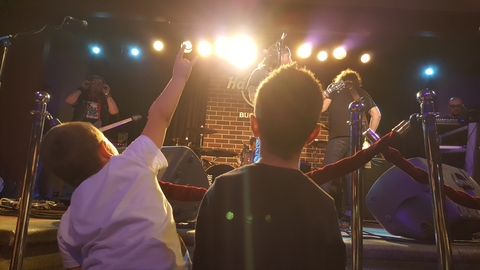
Rockstars in Training: The Best Kids’ Electric Guitars for 2024
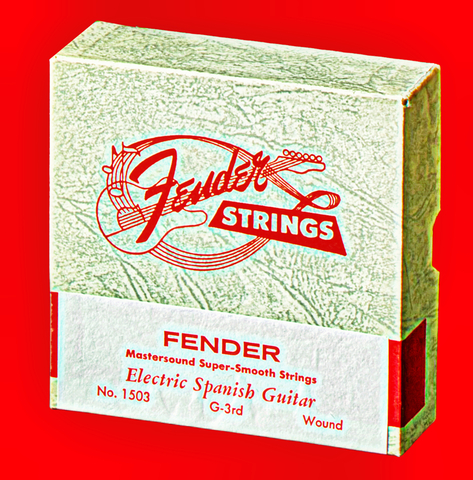
Redefining Your Riffs: How Electric Guitar Strings Shape Your Sound

